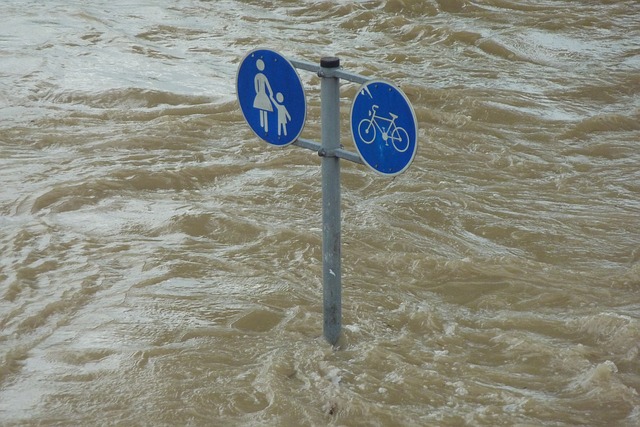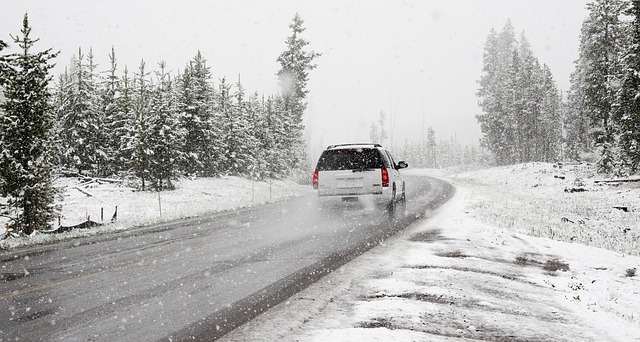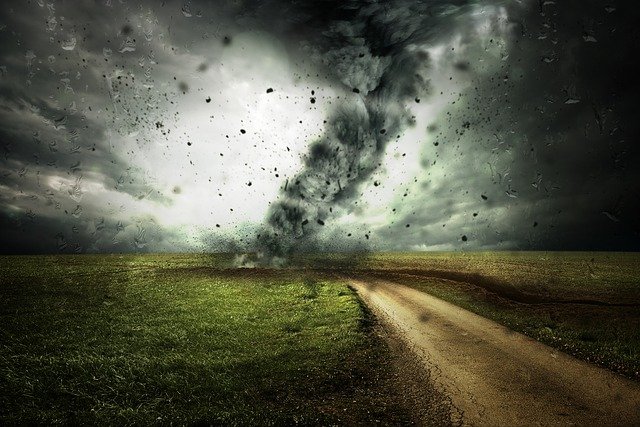Today, it’s extremely difficult to watch a news show on a major network such as CNN without hearing a thing or two about natural disasters or other weather phenomena around the world. The people of Texas faced the worst snowstorm of their generation, prompting them to start investing in furnace repair to retain heat in their homes. The wildlife of Australia fought for their lives as bushfires ravaged their homes in the wild. Farmers in East Africa not only tried to fight poverty and other injustices but also a locust plague.
This is a contributed post and do not necessarily reflect the opinions of Meet The Harris Family.
Such events may have happened in different areas around the world and have happened at different moments in time. But there is one thing that ties them all together. And that is climate change. Here’s how climate change led to these recent natural disasters that have struck our world over the last few years.
Flooding in East Africa

The East African region — which includes countries such as Kenya, Uganda, and Tanzania — is no stranger to floods. Much like most parts of the world, floods simply happen at certain parts of the year and people have different ways of dealing with it. But in the latter part of 2019, East Africa faced one of its worst flooding in decades. And climate experts have attributed the extreme rainfall and resulting flood to warm temperatures.
Climate experts stated that such occurrences were because of the Indian Ocean Dipole (IOD). This phenomenon caused the temperature in the water to rise. This warming temperature led to higher evaporation. Thus, heavier rainfalls occurred and caused extreme floods in the region. While the IOD caused heavier rainfalls in East Africa, it was also connected to another natural disaster across the ocean: the bushfires in Australia.
Bushfires in Australia
As the IOD caused higher evaporation near East Africa, it also caused extreme droughts in Australia, leading to the worst bushfire the country has seen in years. This is because the wind in the Indian Ocean at that time was moving towards East Africa, taking the warm waters with it. Thus, the waters on the Australian side of the Indian Ocean remained cool and low chances of evaporation and rain.
Much like the case of East Africa, Australia is not new to bushfires. But, from late 2020 to early 2019, it faced bushfires that reached unprecedented levels. According to World Wildlife, approximately three billion animals were affected by the bushfires. More than one billion of them died.
Locust Plague in Africa
Africa faced yet another extreme natural disaster in early 2020. And that is the locust plague. Countries from Somalia to Kenya suffered as the locusts damaged their crops and affected their food supply. This plague is connected to the previously mentioned heavy rainfall that the region faced in late 2019. Desert locusts come alive in staggering numbers after a long rainy season — which is, as said, connected to the IOD. So simply put, the locust plague is also an effect of climate change.
At its peak, the locust plague led to densities of 80 million per square meter. This was deeply concerning because a swarm of 80 million locusts can eat food that would’ve been able to feed 35,000 people. In a region that’s already struggling with extreme hunger and poverty, a locust plague consuming their crops was the very last thing they needed.
Snowstorm in Texas, U.S.A.

In more recent news, a snowstorm in Texas, U.S.A. occurred in early 2021. It halted people’s everyday lives as they waited for the storm to pass. Power outages prevailed for days. Frozen pipes that burst caused major flooding inside homes. A snowstorm of this degree was unprecedented, especially considering that Texas has been well-known as among the warmest states in the United States.
Thus, Texans were unprepared to face such a weather condition. Many climate experts came to the conclusion that the warming Arctic region led to this snowstorm. Because the Arctic region has been facing higher temperatures, strong winds (called “jet streams” by experts) are moving downward. These jet streams, then, caused heavy snowfall in certain regions around the world, namely Texas.
Because Texas doesn’t normally face such snowstorms, this event is a clear example of the worsening effects of climate change.
Understanding the science behind such natural disasters will help us, in turn, understand how we are affecting the planet. Because these events have been affecting human and animal lives in just a short span of less than two years, it’s clear that we need to take action and limit the effects of climate change. If we all work together, we might no longer have to face such natural disasters ever again.


